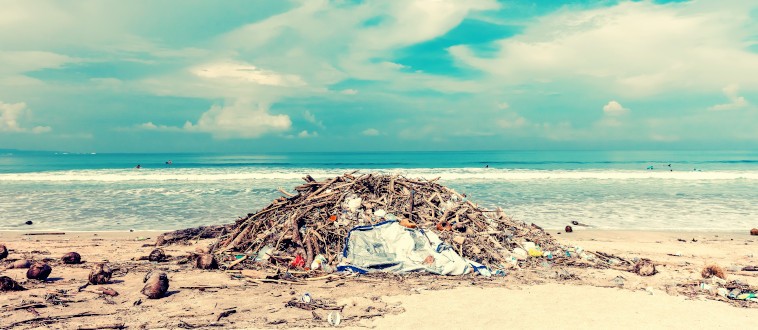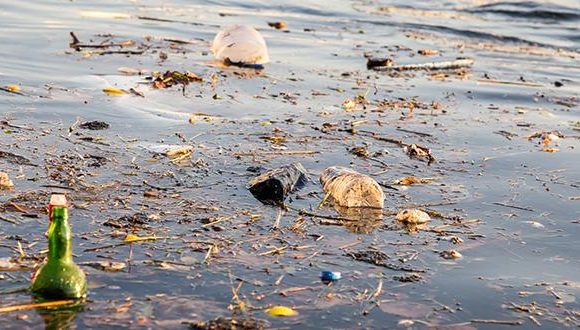Circular Economy: Exploring the Possibility of a World Without Trash

The world is slowly drowning in trash. In 2016 alone, 2.01 billion tonnes of solid waste were generated around the world and that number is predicted to reach as high as 3.40 billion tonnes by 2050.
Developing countries are experiencing the most impact from the effects of trash buildup, especially due to bad waste disposal practices that cause serious safety, health and environmental risks in these areas.
But while we cannot reverse the damage caused by trash over the last few years, we can still do something about the future. With the goal of achieving zero waste, several strategies are being explored to make it possible for us to live in a world without trash.
Although deemed ambitious, the concept of a “circular economy” or the absence of trash is now inspiring governments, businesses, environmentalists and even private individuals.
This effort is led by Circle Economy, an international movement that aims to change everything that humanity has done within the past two centuries to give way for a better future without trash.
Since the start of industrialisation, the world has exhausted almost all types of raw materials—biomass, fossil fuels, minerals and ores—to produce products and innovations that helped shape the modern world. In 2015 alone, 102.3 billion tonnes of natural resources were used around the world, from metal ores becoming vehicles to fossil fuels becoming all sorts of things.
Unfortunately, at least 67 billion tonnes were also lost in trash. Plastic were thrown into oceans, chemicals poisoned lands and waters, and a third of all food rotted.
Eventually, this growing problem with waste is now becoming one of the biggest catalysts of climate change, a phenomenon that’s putting the entire world at risk if we don’t do anything monumental soon.
But while this problem is becoming overwhelming and some even think it’s too late to do anything, it really goes back to the basic concept of not wasting earth’s resources anymore. In a circular economy, materials are recycled and composted so they serve a different purpose other than just being thrown away as trash.
One excellent example of this effort is Denmark’s Copenhill, an incinerator that uses the latest technology to turn 534,600 tonnes of waste a year into energy that could supply electricity to 30,000 homes and heating to 72,000 homes.
This plant even has an all-season ski slope, a 280-foot climbing wall and a tree-lined hiking and running trail, maximising its purpose even more as a recreational facility.
This concept could be applied to just about anything that the world uses that could potentially turn to trash, from food to clothing. The only thing to do now is to not keep circular economy as a dream.
Everyone needs to embrace this concept now to address the growing problem of carbon emissions and the overuse of natural resources. We are still in the danger zone, but if we work together to create habits that use less trash or completely eliminate it, then there’s still hope for the future.
Sources:
National Geographic – Is a world without trash possible?
Read more about circular economy
Read about technologies that help remove ocean plastic















